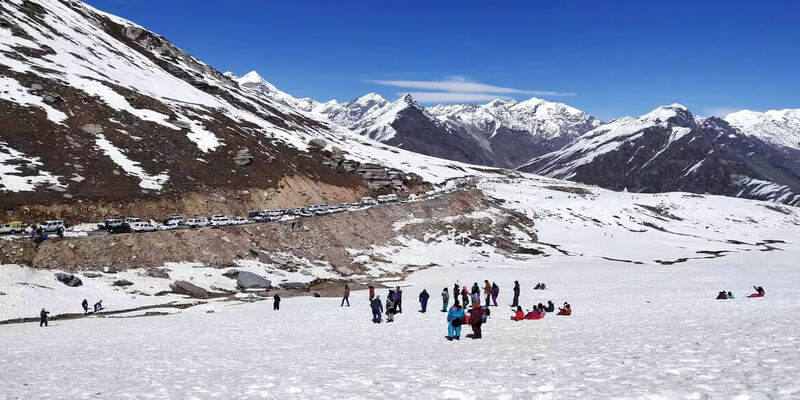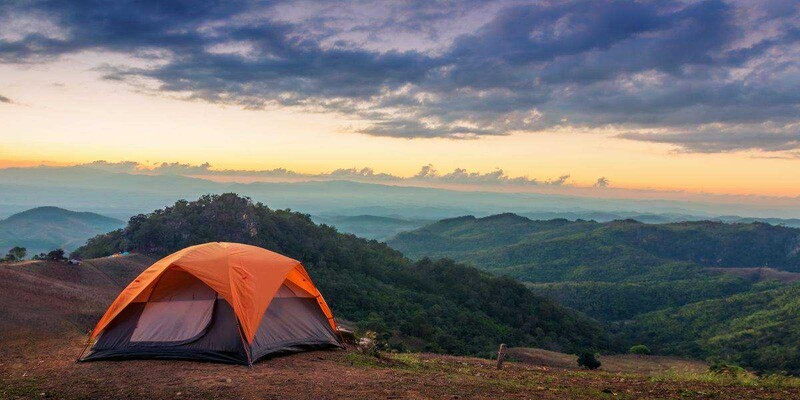The historical significance of Tana Toraja, often known as the "land of heavenly kings," is well known. The Taroja cultural group also resides there.
It is well-known for having bizarre and graphic funeral customs. Many celebrations, which may last as much as a week, are held to transport the dead. These include buffalo fights, ceremonial folk dances, and pig slaughtering.
This incredible place is an uncharted region with some stunning scenery and a distinct cultural background that makes it worthwhile to visit. The architecture of the houses here is Tongkonan traditional.
Here, year-round cultivation takes place of rice, cocoa, coffee, and cloves, which are open to visitors. Tana Toraja, Palopo: how to reach, best time & tips is a fantastic place because of its attractions.
How to reach
By plane: Through Hasanuddin International Airport in Makassar, you can fly to Tana Toraja's Pongtiku Airport (Rantepao IATA), which has a 900-mile runway.
By bus: Tana Toraja is 300 kilometers away from Makassar and takes eight to ten hours, including multiple rest stops. You can reach here via a taxi or a rented vehicle.
What time of year is ideal for visiting Tana Toraja?
What time of year is ideal for visiting this fantastic place and things to do in Toraja? Well, the best time to visit this fantastic place is July, August, September, and October as they offer the ideal weather. March is when it rains the most, so you if you don’t have issues with that, you can also opt for this weather.
Tips for visiting Tana Toraja
- Bring along cozy clothing for the journey.
- Get ready for an exquisite cultural encounter in Tana Toraja Palpo.
- Savor the finest vista during your eight to ten-hour trip.
Nearby Attractions
Torajaland
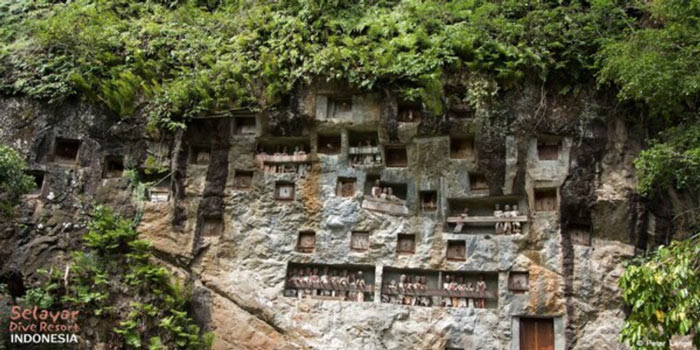
The historical significance of Tana Toraja, often known as the "land of heavenly kings," is well known. The Taroja cultural group also resides and must visit Toraja.
It is well-known for having bizarre and graphic funeral customs. Many celebrations, which may last as long as a week, are held to transport the dead. These include buffalo fights, ceremonial folk dances, and pig killing. This fantastic place is an uncharted region with some stunning scenery and a distinct cultural background that makes it worthwhile to visit.
The architecture of the houses here is Tongkonan traditional. Here, year-round cultivation takes place of rice, cocoa, coffee, and cloves, which are open to visitors. This location is well-liked so how to get to Toraja
Take advantage of the breathtaking dawn and panoramic views from the summit of Mount Sesean after you get to Batutumonga. Since there are no signs, it can be challenging to find the route.
Ask the locals for directions, and most will be overjoyed to oblige (you are on the correct track if you pass a house with barking, noisy dogs). Some of the Rantepao tour companies rent out camping gear if you'd like to camp during peak Season.
Londa
Another Torajan cemetery is located in Londa; however, it has two funeral homes. It bears similarities to Ke'te Kesu and Lemo. At the first location , tombs have been excavated from the side of a cliff for cliff burials. Two caves at the second location are used for informing corpses.
You are free to explore the caves if you so like. It's a little scary, and bones are everywhere, so be aware. To enter the caves, you must have light. If you want, you may purchase a gas lantern, but you may also use the phone's light. Most visitors come to Londa as a component of a scheduled day trip from Rantepao to Tana Toraja.
Batutumonga
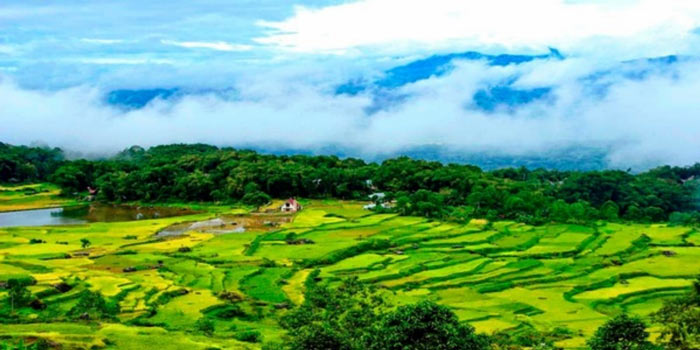
Toraja's upland village is called Batutumonga. Some regard it as one of Indonesia's most exquisite villages. Beautiful sunrises can be seen from Batutumonga, but to acquire the finest location, you'll need to rise early and hike a bit. Would you like to stay in Tongkonan, a typical Torajan home? Stay at the Guesthouse, Mama Ria.
Kambira
One of Tana Toraja's most well-known funeral locations is Kambira. In the forest that surrounds the village, babies are interred among the trees. Although it has been over fifty years since the final infant was buried under a tree, the locals thought that it was a means of sending the babies back to the afterlife.
For a brief historical and cultural overview, the Kambira people believed that infants who passed away before developing milk teeth were sacrosanct. The infant would be placed in a hole that the Kambira people would chisel out of the stem of a fruit tree. The newborn would be sealed inside the trunk while the living tree grew around the opening over time.
Gunung Sesean
Gunung Sesean is a must-visit if you appreciate hiking and stunning scenery. The peak is the Highlands' highest point. The ascent to the summit takes six hours. Most hikers begin their rise in the late afternoon and spend the night at the conference. You can always trek upward and downward again in a single day if you don't feel like camping at night. The drive from Rantepao is scenic, and there are some fantastic vantage spots overlooking the region on the hillside.
Traditional Village Pallawa
Ride the public minibosses, or pete-pete, from Rantepao past Ke'te. You can observe a row of tongkonans (traditional dwellings) if you stop at the "Pallawa '' sign. Reach the hill's summit for a stunning vista and access to another burial cave. Many of the animals will likely give you frantic barks. Remain composed and carry on.
Ke'te Kesu'
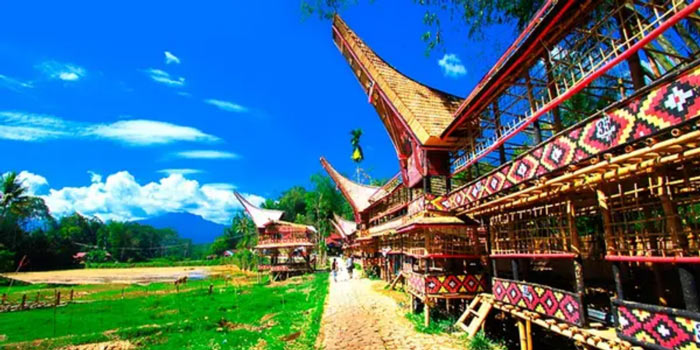
One of Tana Toraja's most well-known tourist destinations is Ke'te Kesu. It is among the best illustrations of a traditional village in Torajan culture.
The village has been recognized as a member of the UNESCO World Heritage List for more than 300 years. Six Tongonan, the customary homes of the deceased ancestors retained by Torajan nobility, are located in the village. The roof style of the Tongonan is conventional saddleback.
The pattern is meant to resemble a buffalo's horns. In addition, there are twelve old-fashioned grain storage facilities where rice is kept. At Kete Kesu, every structure is exquisitely adorned in the classic Torajan manner, featuring chic murals and geometric patterns painted in shades of red, yellow, black, and white.
Conclusion
Tana Toraja surprisingly provides splendid views of the beauty in Palopo. In this article, we have covered everything you need to know about Tana Toraja, palopo: how to reach the best time & tips. I hope you find this guide enlightening and helpful in your beautiful journey.


